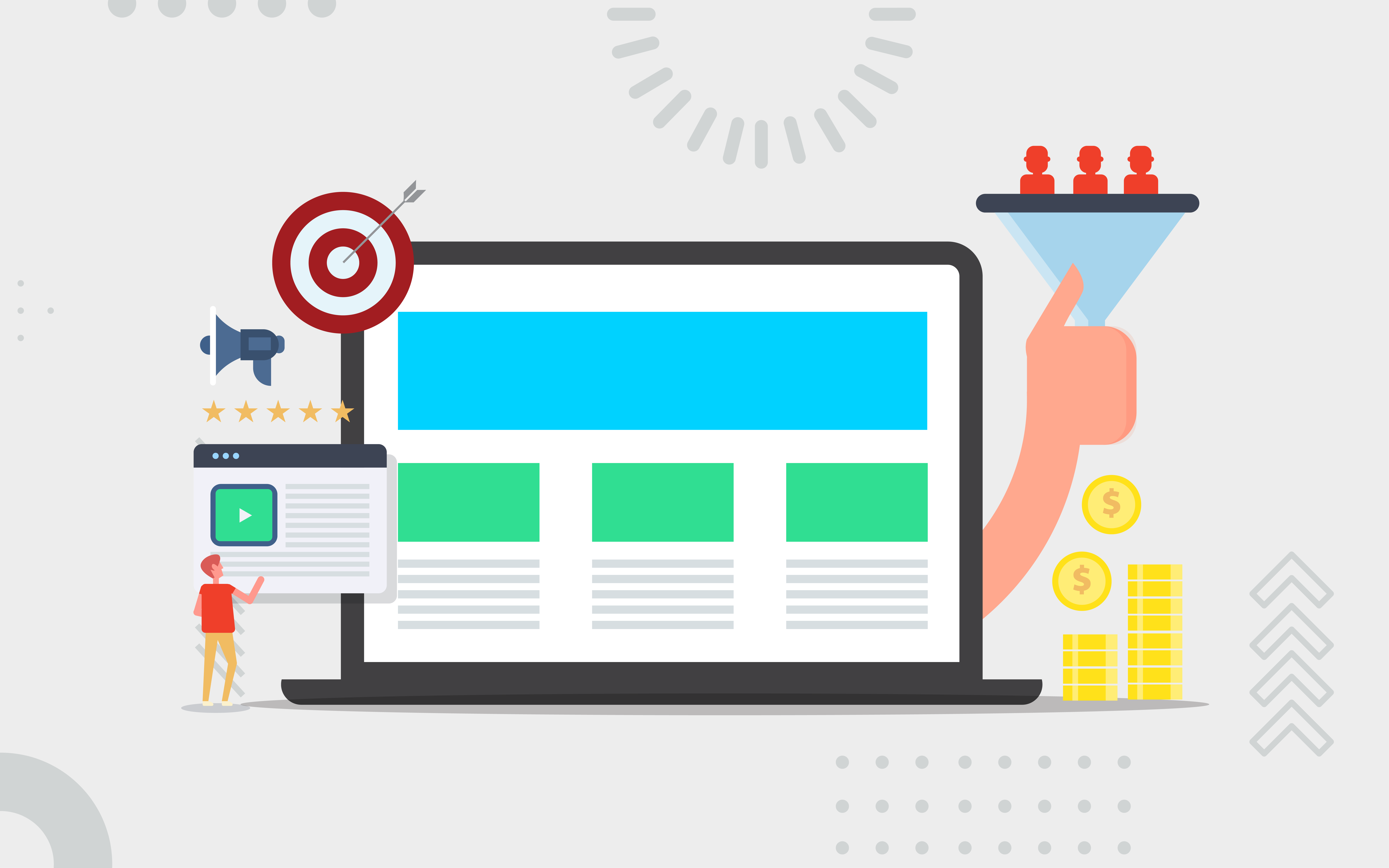For decades, trade shows and cold calls were the bread and butter of business development across Asia. Executives would shake hands at exhibition booths, exchange stacks of business cards, and hope follow-up calls turned into opportunities. But the reality is clear: this playbook no longer delivers the same results. The digital-first world has reshaped buyer behavior. Decision-makers today are informed, cautious, and demand value long before they take a sales call.
That’s why B2B Lead Generation for Asia is undergoing a dramatic transformation. Instead of relying solely on face-to-face networking and outdated outreach tactics, companies are embracing new digital pathways to engage prospects, build trust, and shorten sales cycles. The pandemic only accelerated this evolution, pushing businesses to rethink their lead pipelines.
This shift doesn’t mean that trade shows and personal outreach are dead. Rather, it means they’ve become just one piece of a much larger puzzle. In today’s Asia-Pacific business ecosystem, the winners are those who master digital engagement, understand cultural nuances, and create meaningful connections in virtual spaces. In short, the game has moved online—and it’s moving fast.

Why Traditional Lead Generation Methods Are Losing Effectiveness
The decline of traditional methods is not about preference—it’s about performance. Trade shows, once considered a goldmine for contacts, now suffer from rising costs and lower conversion rates. Attending an event may generate a stack of leads, but very few are decision-makers with real purchasing power. Meanwhile, cold calls have become synonymous with disruption. Business leaders across Asia increasingly screen calls, and unsolicited outreach is often viewed as intrusive rather than persuasive.
The truth is, B2B buyers have changed. They no longer wait for a trade show to learn about solutions; they research online, compare vendors, and narrow their options before speaking to sales. This new buyer journey demands a different approach. B2B Lead Generation for Asia must pivot toward methods that align with buyer behavior—educational content, digital engagement, and targeted personalization.
Add to this the regional differences across Asia. Markets like Singapore and Hong Kong embrace digital transformation at lightning speed, while others like Vietnam or Indonesia still value face-to-face interactions. Businesses need to adapt strategies that strike a balance, blending digital scale with personal trust. The reliance on outdated methods isn’t just inefficient—it’s risky. Companies that cling to the past risk losing ground to agile competitors who are already building pipelines in smarter, more scalable ways.

The Rise of Digital-First Strategies in Asia
The most significant shift is the adoption of digital-first strategies. Executives across Asia now expect to engage with brands online long before a handshake. Platforms like LinkedIn, WeChat, and Line have become the new trade show floors, where visibility, thought leadership, and credibility are established. Webinars, virtual roundtables, and live-streamed events are replacing costly in-person gatherings, giving companies a way to reach hundreds of qualified prospects without geographic limitations.
But this isn’t just about presence—it’s about precision. B2B Lead Generation for Asia thrives when businesses craft value-driven digital touchpoints. That means content marketing designed to educate rather than sell, social campaigns tailored for local markets, and lead nurturing sequences that align with the buyer’s journey. Asian decision-makers are increasingly selective; they want insights, not pitches.
Moreover, regional digital ecosystems play a powerful role. In China, WeChat dominates as both a social and professional platform, while Japan leans heavily on Line. Understanding and leveraging these platforms is essential for meaningful engagement. The rise of digital-first strategies isn’t just a trend; it’s a necessity. Companies that fail to pivot risk being invisible in a space where buyers now spend most of their time.
The bottom line? Digital-first isn’t about abandoning human interaction. It’s about meeting decision-makers where they already are—and making sure your brand shows up as a trusted, relevant solution.

Leveraging Data-Driven Marketing for Smarter Lead Generation
One of the most powerful transformations in B2B Lead Generation for Asia is the rise of data-driven strategies. Gone are the days when sales teams relied solely on gut instinct. Today, analytics, artificial intelligence, and automation drive the process. This shift enables businesses to identify high-value leads, personalize engagement, and optimize campaigns with surgical precision.
For example, predictive lead scoring can pinpoint which prospects are most likely to convert, allowing sales teams to focus their efforts where it matters most. Account-based marketing (ABM) has also gained traction in Asia, particularly in industries with long sales cycles like technology and manufacturing. ABM allows businesses to target a select group of companies with hyper-personalized campaigns that speak directly to decision-makers.
The role of personalization cannot be overstated. Buyers in Asia expect brands to understand their unique challenges and deliver relevant solutions. With robust data insights, businesses can craft tailored messages that resonate across diverse markets. Whether it’s adapting content for cultural context or aligning communication with local business norms, data makes personalization scalable.
Ultimately, leveraging data doesn’t just improve efficiency—it builds trust. When prospects see that your outreach is relevant and informed, they’re more likely to engage. In a region as complex as Asia, this data-driven approach separates the market leaders from the laggards.

The Role of Partnerships and Ecosystems in B2B Growth
While digital strategies dominate the conversation, partnerships and ecosystems remain critical. In Asia, business relationships are often built on trust, reputation, and long-term collaboration. That’s why strategic alliances and local partnerships are emerging as powerful alternatives to traditional lead generation methods.
Instead of relying solely on trade shows for introductions, companies are forging partnerships that provide access to new markets, shared resources, and joint credibility. For example, multinational firms entering Southeast Asia often collaborate with local players to navigate regulations and cultural nuances. This approach accelerates B2B Lead Generation for Asia by creating instant trust and visibility within new networks.
Industry ecosystems are also reshaping the landscape. By aligning with complementary businesses, companies can co-host webinars, share audiences, and co-develop content. This ecosystem approach mirrors how traditional trade shows fostered collaboration, but it scales far more effectively in the digital era.
Partnerships aren’t just about gaining leads—they’re about building sustainable pipelines. In a competitive region where reputations matter, the right alliance can unlock doors that cold calls never could. For companies serious about long-term success in Asia, partnerships are no longer optional—they’re a core growth strategy.

Case Studies: How Companies in Asia Are Succeeding with Modern Lead Gen
The shift toward modern strategies isn’t theoretical—it’s already delivering results. Consider a SaaS company in Singapore that replaced its cold-call-heavy approach with a series of educational webinars. By targeting decision-makers across Southeast Asia, they built a pipeline of warm leads that converted at twice the rate of traditional outreach.
In another case, a manufacturing firm in Japan embraced LinkedIn’s account-based marketing tools. By targeting specific industries with personalized content, they bypassed gatekeepers and reached C-suite executives directly. The result? A shorter sales cycle and a measurable boost in ROI.
Startups across Asia are also embracing community-driven marketing. Instead of paying for expensive trade show booths, they’re building digital communities around niche topics. This approach nurtures prospects organically and builds authority at scale. B2B Lead Generation for Asia in these cases shows that agility and creativity outperform outdated tactics.
What unites these success stories is a willingness to pivot away from “the way it’s always been done.” By leveraging digital platforms, personalization, and ecosystem partnerships, these companies demonstrate that the future of B2B growth in Asia is already here—and it’s digital-first.
Conclusion: The Future of B2B Lead Generation in Asia
The message is clear: trade shows and cold calls may still play a role, but they can no longer carry the weight of a full pipeline. The future of B2B Lead Generation for Asia lies in blending digital-first strategies with selective, high-impact offline engagement. Decision-makers demand more than pitches—they want insights, relevance, and trust.
Over the next five years, expect to see even greater reliance on AI-driven targeting, virtual events, and data-led personalization. Partnerships and ecosystems will also grow in importance, helping businesses navigate Asia’s complex cultural and regulatory landscapes.
The companies that thrive won’t be those who stubbornly cling to outdated methods. Instead, they’ll be the ones who evolve, experiment, and embrace the hybrid model—balancing digital precision with human authenticity. The era of mass cold calls is fading. The era of strategic, data-driven, and digitally powered lead generation has arrived.





